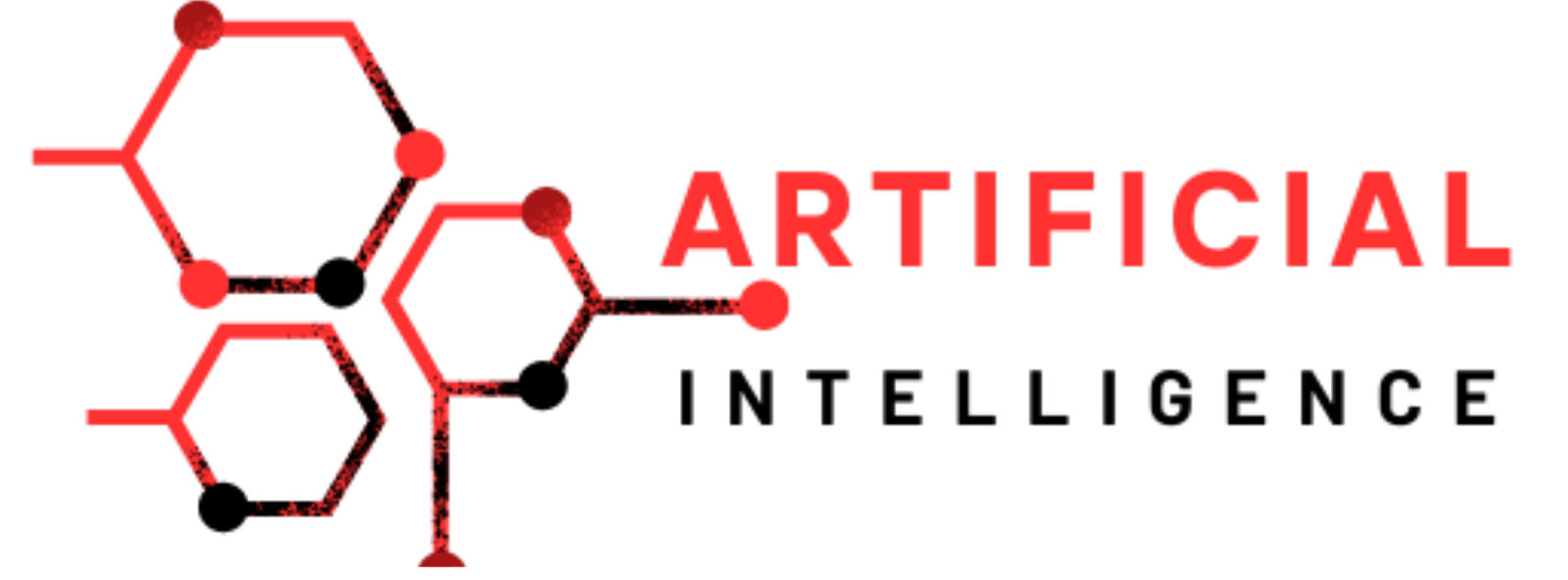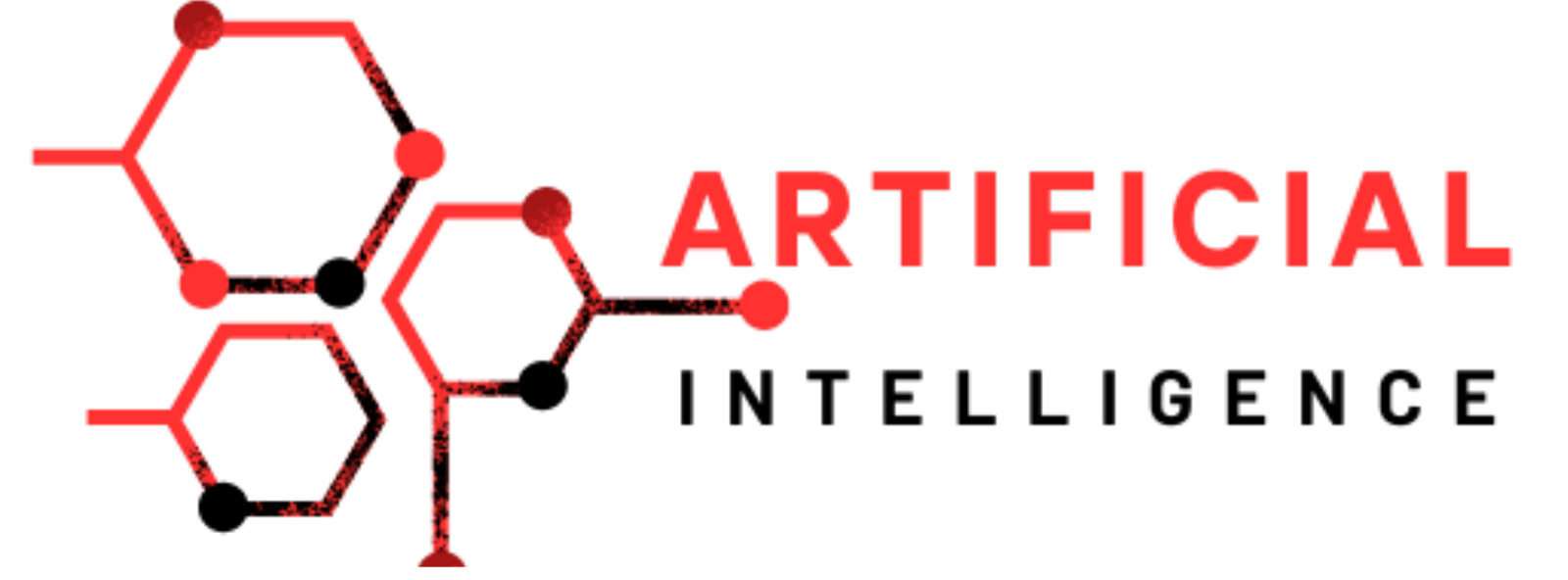How does patient surveillance enhance healthcare delivery and patient outcomes ?
In the realm of modern healthcare, patient surveillance stands as a pivotal tool in ensuring timely interventions, proactive care, and improved patient outcomes. This article explores the significance, applications, benefits, challenges, and future prospects of patient surveillance in revolutionizing healthcare delivery and enhancing patient safety.
The Significance of Patient Surveillance:
Patient surveillance refers to the continuous monitoring of patients' health status, vital signs, and clinical parameters to detect changes or abnormalities that may require intervention. This proactive approach to healthcare enables healthcare providers to identify potential issues early, prevent complications, and deliver timely and targeted interventions. Patient surveillance encompasses various modalities, including wearable devices, remote monitoring systems, and advanced analytics, which collectively empower healthcare providers to stay connected with their patients and provide personalized care beyond traditional clinical settings.
Applications Across Healthcare:
The applications of patient surveillance are vast and diverse, spanning across various domains within healthcare. In chronic disease management, such as diabetes, hypertension, and heart failure, patient surveillance enables healthcare providers to monitor patients' vital signs, medication adherence, and lifestyle behaviors remotely. By collecting and analyzing data in real-time, healthcare providers can identify trends, deviations from baseline, and potential risk factors, allowing for timely interventions and adjustments to treatment plans. Moreover, patient surveillance plays a crucial role in post-operative care and recovery, facilitating remote monitoring of patients' recovery progress, pain levels, and adherence to rehabilitation protocols.
Furthermore, patient surveillance supports aging populations and individuals with complex medical needs who require ongoing monitoring and support to maintain their health and independence. By providing remote access to healthcare providers, patient surveillance enables timely assessment of changes in health status, medication management, and coordination of care between multiple providers and caregivers. Additionally, patient surveillance offers opportunities for proactive interventions, such as early detection of falls, changes in mobility, or signs of cognitive decline, enabling timely interventions and preventing adverse events.
Benefits and Impact:
The integration of patient surveillance into healthcare workflows offers several compelling benefits to both patients and healthcare providers. Firstly, patient surveillance improves patient outcomes by enabling early detection of health issues, timely interventions, and proactive management of chronic conditions. Studies have shown that patient surveillance is associated with reduced hospitalizations, emergency department visits, and overall healthcare costs, particularly for patients with chronic diseases such as heart failure, chronic obstructive pulmonary disease (COPD), and diabetes.
Moreover, patient surveillance enhances patient engagement and satisfaction by empowering individuals to take an active role in managing their health and well-being. By providing access to real-time health data, trends, and personalized feedback, patient surveillance fosters a sense of ownership and accountability among patients, leading to improved adherence to treatment plans and healthier lifestyle behaviors. Additionally, patient surveillance offers convenience and flexibility for patients, particularly those living in remote or underserved areas, by reducing the need for frequent clinic visits and travel.
Challenges and Considerations:
Despite its promise, the widespread adoption of patient surveillance faces several challenges and considerations. One significant hurdle is the need for interoperability and integration with existing healthcare IT systems, such as electronic health records (EHRs) and telehealth platforms. Poorly designed interfaces, data silos, and lack of standardization can hinder the seamless exchange of information between patient surveillance devices, healthcare providers, and other stakeholders, undermining the effectiveness of remote monitoring initiatives.
Moreover, issues related to data privacy, security, and regulatory compliance pose concerns regarding the protection of sensitive patient information and adherence to legal frameworks such as HIPAA. Healthcare organizations must implement robust security measures, encryption protocols, and access controls to safeguard patient data and ensure compliance with privacy regulations. Additionally, concerns about reimbursement, liability, and the role of healthcare providers in patient surveillance programs require clarification and guidance from policymakers, payers, and professional organizations.
Future Directions and Opportunities:
Looking ahead, the future of patient surveillance is brimming with opportunities for further innovation and impact in healthcare delivery. Continued advancements in wearable sensor technologies, wireless connectivity, and remote monitoring platforms will enhance the capabilities and scalability of patient surveillance solutions, making them more accessible and user-friendly for patients and providers alike. Moreover, the integration of patient surveillance with artificial intelligence, machine learning, and predictive analytics will enable more sophisticated data analysis, trend detection, and personalized interventions, further enhancing the value of remote monitoring in healthcare.
Additionally, efforts to expand access to patient surveillance among underserved populations, rural communities, and vulnerable patient groups will be crucial in addressing healthcare disparities and improving health equity. Collaborative initiatives between healthcare organizations, technology vendors, policymakers, and patient advocacy groups will drive innovation, raise awareness, and overcome barriers to adoption of patient surveillance solutions. Ultimately, patient surveillance holds the potential to revolutionize healthcare delivery, empower patients, and usher in a new era of personalized, continuous care that extends beyond the walls of traditional healthcare settings.
Conclusion:
In conclusion, patient surveillance represents a transformative approach to healthcare delivery, offering continuous monitoring, proactive interventions, and personalized care to patients in their homes and communities. By leveraging technology, data, and connectivity, patient surveillance enables healthcare providers to extend their reach, improve patient outcomes, and reduce healthcare costs. As we continue to harness the power of patient surveillance, it is essential to address challenges related to interoperability, privacy, reimbursement, and equity while fostering collaboration, innovation, and patient-centered approaches to care delivery. Through concerted efforts and collective action, patient surveillance has the potential to revolutionize healthcare and create a more connected, empowered, and resilient healthcare system for all.

.png)
.png)
.png)
.png)
.png)
.png)

.png)
.png)
